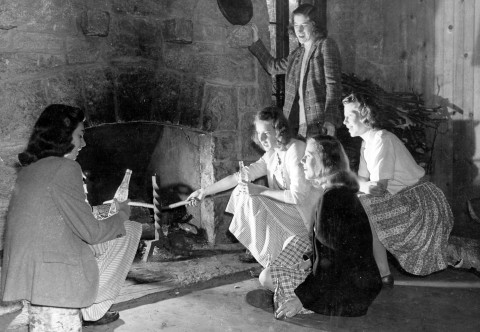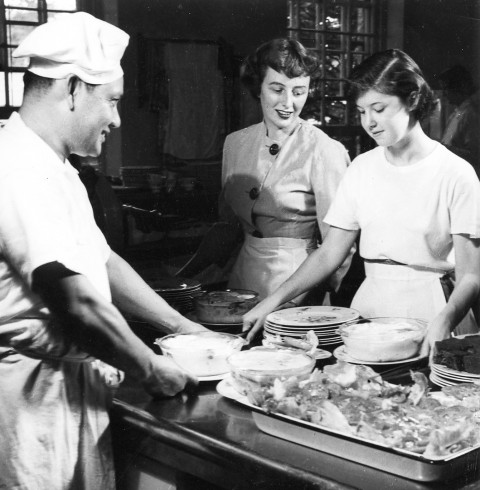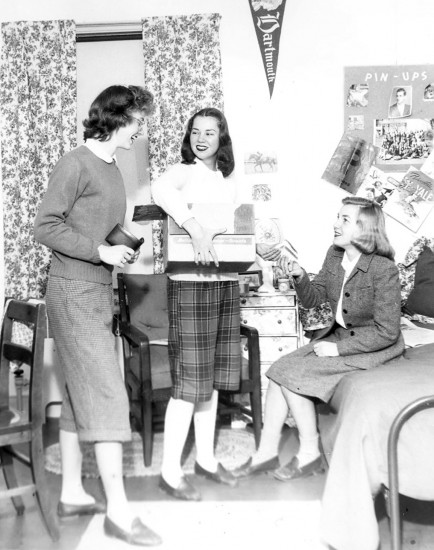The 1940s was an unsettling decade for the College and the world. In 1941, the Japanese attacked the United States at Pearl Harbor and the country officially entered World War II. A group of students on the War Services Committee on campus set up a Red Cross workshop in the basement of Harkness Chapel for women to “knit, sew, make surgical dressings” for soldiers. They received letters of gratitude and local press for their good deeds.
After constructing most of the buildings on campus, President Katherine Blunt handed her presidency off to Dorothy Schaffter, a negative leader who had a short stint between 1943 and 1945. Schaffter was deemed by the late dean Alice Johnson “forever to remain nameless,” as she “had managed to alienate the trustees, the faculty, the administration and the student body.” Blunt resumed her role for two years, until the College found a more permanent replacement in petite, vibrant Rosemary Park.
In 1948, the American Dance Festival began performing at Connecticut College each summer. This brought in Martha Graham, José Limón, Doris Humphrey, Louis Horst, and other famous choreographers. This festival was a staple on the Connecticut College campus for over thirty years.
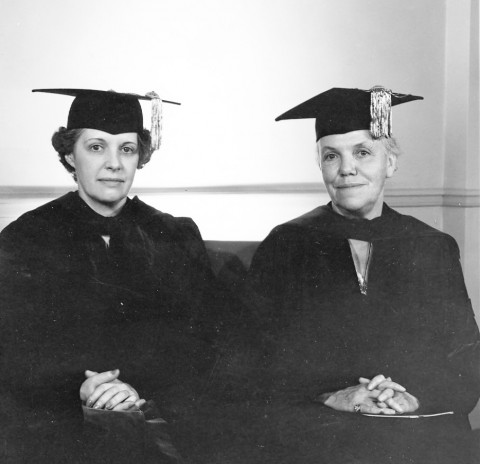
President Dorothy Schaffter (left) with President Katherine Blunt (right), c. 1943. Photograph by Caroline B. Rice, (c/o 1931), New York.

Connecticut College, Buck Lodge, in the Arboretum, c. 1940s.
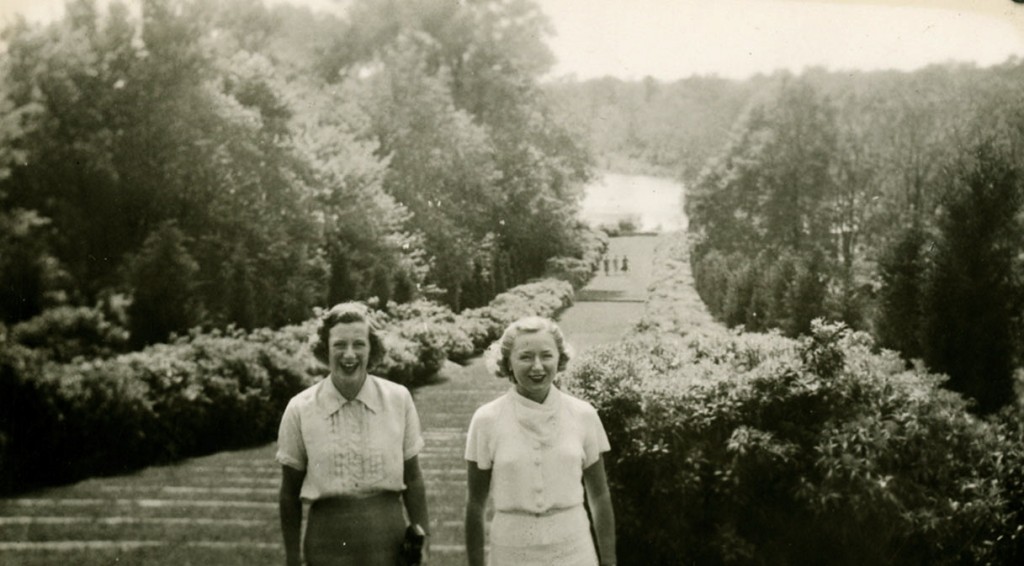
Two students pose at the entrance of the Arboretum. Photo from photo album of Barbara Henderson '41.

The construction of Smith/Burdick dormitories. August 1, 1940. Architects were Shreve, Lamb, Harmon, Arch. A.F. Peaslee, Inc.

